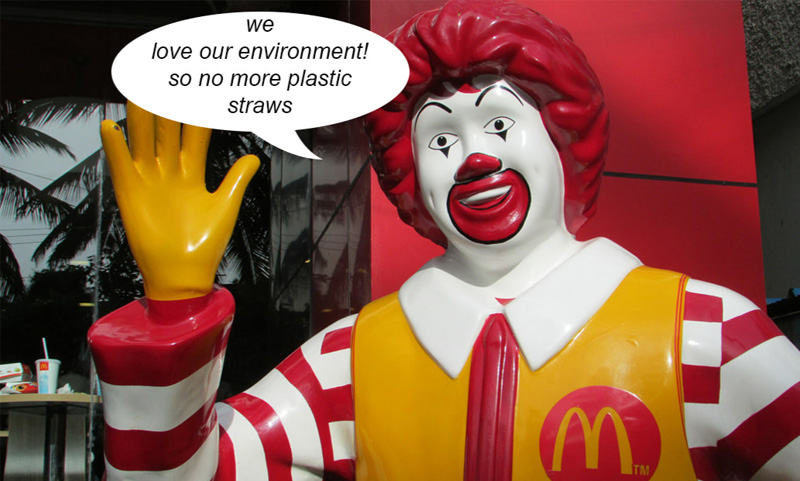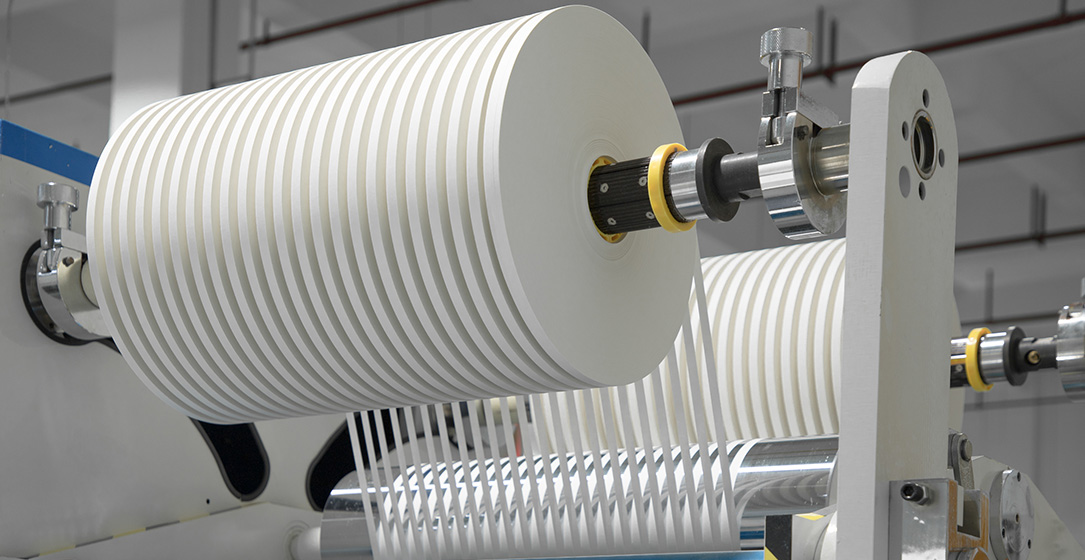
Introduction:
In the fast-paced world of paper decoration production, competition is fierce as businesses strive to capture market share and meet the diverse needs of consumers. From traditional paper decorations to innovative designs, companies must navigate a competitive landscape shaped by evolving consumer preferences, technological advancements, and market trends. In this blog, we'll explore the dynamics of competition in the paper decoration production market, key factors influencing competitiveness, and strategies for businesses to thrive in this dynamic environment.
Understanding Competition in the Paper Decoration Production Market:
Competition in the paper decoration production market refers to the rivalry among companies vying for market share, customers, and profitability in the production and sale of paper decoration products. It encompasses various aspects, including product quality, pricing strategies, distribution channels, branding, and customer service. As the demand for paper decorations continues to grow, competition intensifies, driving companies to innovate, differentiate, and adapt to changing market dynamics.
Key Factors Influencing Competition:
- Product Quality and Innovation:
Product quality and innovation are fundamental drivers of competitiveness in the paper decoration production market. Companies that offer high-quality paper decoration products with unique designs, creative motifs, and advanced manufacturing techniques are better positioned to attract and retain customers. Investing in research and development, staying abreast of design trends, and continuously improving product offerings can differentiate companies from competitors and enhance their competitive edge.
- Production Efficiency and Cost Competitiveness:
Production efficiency and cost competitiveness play a crucial role in determining competitiveness in the paper decoration production market. Companies that can produce paper decorations efficiently, minimize production costs, and offer competitive pricing are more likely to succeed. Adopting lean manufacturing principles, optimizing supply chain management, and leveraging economies of scale can improve production efficiency and cost competitiveness, allowing companies to maintain competitive prices and profitability.
- Distribution Channels and Market Reach:
Effective distribution channels and broad market reach are essential for competitiveness in the paper decoration production market. Companies that have a strong presence in multiple distribution channels, including retail outlets, e-commerce platforms, and wholesale channels, can reach a wider audience and capture market share. Developing strategic partnerships, expanding distribution networks, and leveraging digital marketing channels can increase market reach and drive sales growth.
- Brand Reputation and Customer Loyalty:
Brand reputation and customer loyalty are critical factors influencing competitiveness in the paper decoration production market. Companies that have a positive brand image, strong customer relationships, and loyal customer base are better positioned to withstand competitive pressures. Providing excellent customer service, delivering consistent product quality, and building brand trust through transparent communication can foster customer loyalty and differentiate companies from competitors.
Strategies for Success in a Competitive Market:
- Differentiation and Product Diversification:
Differentiating products and offering a diverse range of paper decoration products can help companies stand out in a competitive market. By catering to different customer preferences, occasions, and design trends, companies can expand their customer base and capture market share. Introducing new product lines, seasonal collections, and limited-edition designs can create excitement and drive customer engagement.
- Continuous Improvement and Innovation:
Embracing a culture of continuous improvement and innovation is essential for staying competitive in the paper decoration production market. Companies should invest in research and development, explore new materials and manufacturing techniques, and experiment with innovative designs to stay ahead of the competition. Soliciting feedback from customers, monitoring industry trends, and adapting to changing consumer preferences can drive innovation and fuel long-term success.
- Customer-Centric Approach:
Taking a customer-centric approach is crucial for winning in a competitive market. Companies should focus on understanding customer needs, preferences, and pain points, and tailor their products and services accordingly. Providing personalized shopping experiences, offering customization options, and engaging with customers through social media and other channels can build strong relationships and foster customer loyalty.
- Strategic Partnerships and Collaborations:
Forming strategic partnerships and collaborations with complementary businesses can enhance competitiveness in the paper decoration production market. By partnering with retailers, distributors, or designers, companies can expand their distribution networks, access new markets, and leverage each other's strengths. Collaborating with influencers, bloggers, or brand ambassadors can also increase brand visibility and attract new customers.
Conclusion:
In conclusion, competition in the paper decoration production market is intense, driven by factors such as product quality, production efficiency, distribution channels, and brand reputation. Companies must differentiate themselves through innovation, product diversification, and customer-centric strategies to succeed in this dynamic and competitive landscape. By continuously improving products, embracing innovation, and forging strategic partnerships, businesses can thrive and capture market share in the vibrant paper decoration production market.

















